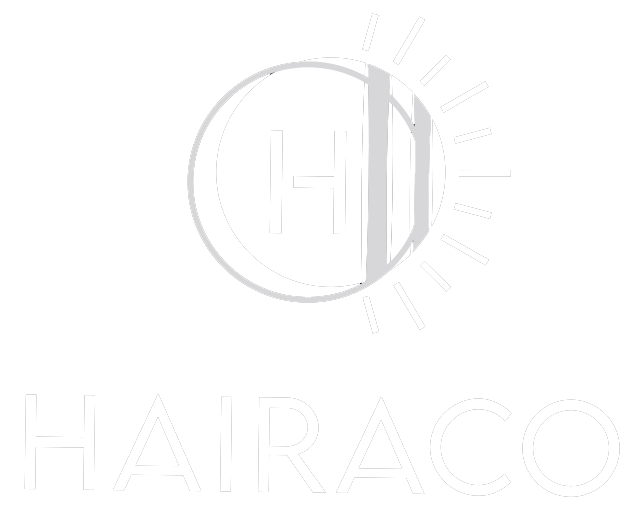Hair coloring boards are essential tools for any stylist aiming to achieve precise, bold, and vibrant hair color transformations. These versatile tools facilitate the application of various coloring techniques, from balayage to ombre, allowing for seamless blending and impeccable results. In this article, we’ll explore how to master hair coloring boards to elevate your creative color techniques.
Understanding Hair Coloring Boards
Hair coloring boards are typically flat, rectangular tools designed to provide a sturdy surface for sectioning and applying color. They come in various sizes, materials, and styles to cater to different hair lengths and types. Essential in modern hair salons, these boards are particularly useful for freehand techniques where precision and control are paramount.
Benefits of Using Hair Coloring Boards
Incorporating hair coloring boards into your workflow offers several advantages:
- Precision: The stable surface allows precise application, ensuring clean, crisp lines and even color distribution.
- Control: Hair coloring boards give stylists better control over sections, making it easier to manage and blend colors.
- Versatility: These boards can be used with multiple techniques, from balayage to highlights to ombre, making them indispensable tools in any stylist’s arsenal.
- Time Efficiency: By providing a stable base, coloring boards can expedite the coloring process, saving valuable time and reducing client fatigue.
Techniques for Using Hair Coloring Boards
To maximize the benefits of hair coloring boards, it’s essential to understand and practice the following techniques:
Balayage
Balayage, a French term meaning to sweep, involves painting color directly onto the hair to create a natural, sun-kissed look. When using a coloring board for balayage:
- Place the board under a section of hair, ensuring it lies flat and taut.
- Use a brush to apply color, sweeping from the mid-lengths to the ends in a V or W pattern.
- Blend the color smoothly on the board, using it as a guide to create soft, gradual transitions.
Ombre
Ombre involves blending one color at the roots into another at the ends. For a seamless ombre effect:
- Position the board under a section near the mid-length of the hair.
- Apply the darker shade at the roots and gradually blend to the lighter shade towards the ends.
- Use the board to maintain a consistent gradient and blending technique throughout the section.
Highlights
For precise, controlled application of highlights using a board:
- Section the hair and place the board under the area to be highlighted.
- Brush the lightener onto the hair, using the board as a base to keep the section separate and neat.
- Wrap or fold the board with foils if necessary to keep the colored sections isolated.
Choosing the Right Hair Coloring Board
Selecting an appropriate coloring board is just as important as mastering the techniques. Consider criteria such as:
- Material: Opt for high-quality, durable materials like acrylic or hard plastic for longevity and ease of cleaning.
- Size and Shape: Choose boards that match the hair length and volume you typically work with. Smaller boards work well for detailed work, while larger boards cover more extensive areas efficiently.
- Grip: Look for boards with a non-slip surface or handle to ensure stability during application.
Recommended Products
For those looking to invest in top-tier hair coloring boards, Hairaco offers a variety of options catering to different techniques and preferences. Their boards are designed with both professionals and enthusiasts in mind, ensuring durability and ease of use for all your creative needs.
Conclusion
Mastering the use of hair coloring boards can significantly elevate your coloring skills, allowing for more creative and precise results. By understanding the benefits, refining your techniques, and choosing the right tools, you can achieve stunning looks that will leave your clients delighted and coming back for more.

